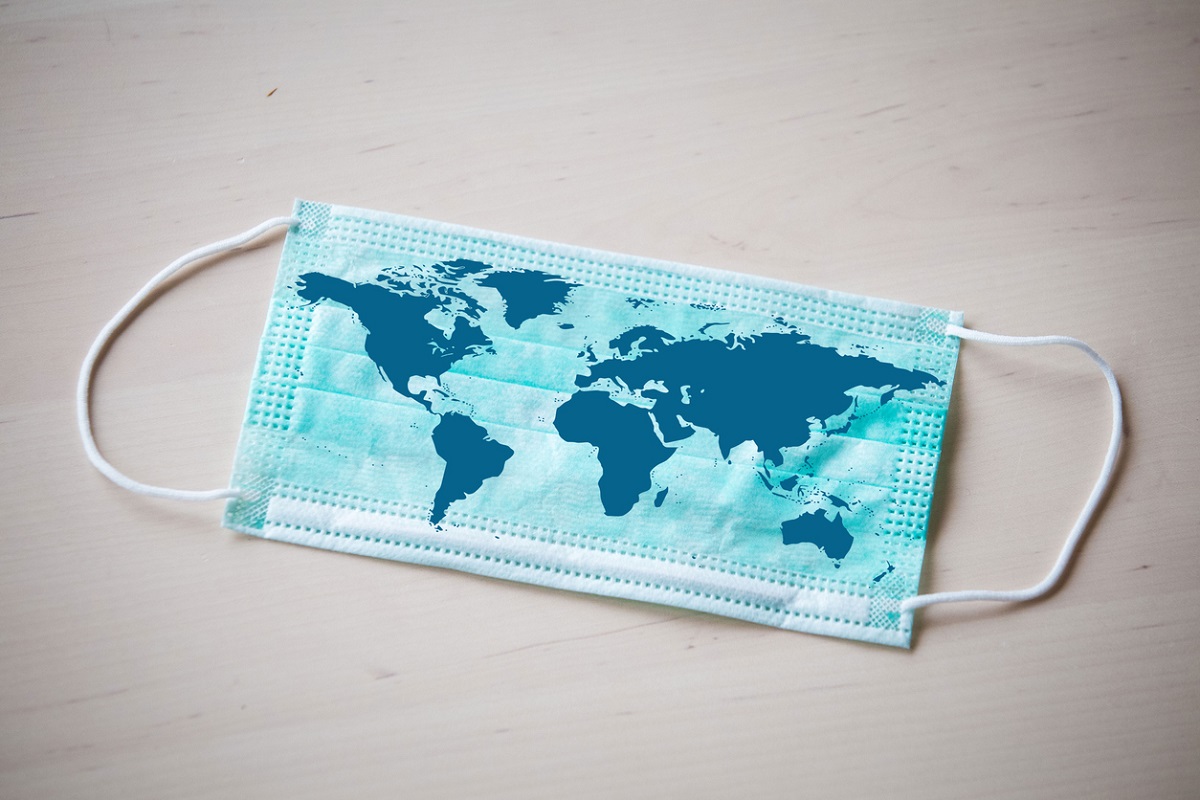Still unexplained
The hunt for the origins of Covid-19 has for the past four years been a tangled web of politics, power struggles, and international finger-pointing.
With temperate zone countries coming out of winter and tropical and sub-tropical countries in the middle of summer, the hope is the epidemic will ease in the coming months though this isn’t entirely borne out as seen by the rise in cases in Europe last year at the height of summer.

(Representational Image: iStock)
Is there the first glimmer of light at the end of the Covid-19 tunnel or could the light be that of an oncoming train, as it were? There is no denying the near to medium term issues for the world’s middle/low-income countries, especially those with a shambolic healthcare infrastructure and poor leadership in pandemic management including India. Yet, the global number of Covid-19 cases and deaths is falling week on week marking a downward trend in the pandemic.
Many developed countries including the hardest-hit last year such as the USA, UK, Italy, Spain, and China are beginning to ease restrictions and planning a return to the albeit new normal despite dangers posed by mutant strains and the very real fear of a third wave. Even India, currently worst-hit among the world’s larger countries, if it can get its act together regarding vaccine procurement and mass inoculation over the next six months, may be looking at a semblance of normality by end-2021 though it would have come at an unacceptably high cost in human lives.
According to GAVI, the global vaccine alliance, a realistic marker for the end of the pandemic may be when a country has no more Covid-19 deaths than it would have from influenza. The criteria the World Health Organization uses to declare pandemics can be complicated. It has to be very careful in declaring the end of a pandemic because premature articulation on this count could result in casualness seeping in which would lead to the virus rebounding.
Advertisement
The reasons for hope are manifold. First and foremost, the vaccine rollout has gathered decent pace globally; for example, in the UK, over 22 million people have had at least one jab, and in the USA this number is closer to 80 million. Some form of lockdown in countries reporting a vicious second wave is in place and there is clear epidemiological evidence to show that restrictions on movement and mingling of people result in a sharp downtrend in cases.
Though the scientific community is divided on the role played by seasonality in coronavirus, as with other respiratory infections, some experts have suggested that vitamin D and sunlight may play a role in reducing Covid-19 transmission. With temperate zone countries coming out of winter and tropical and sub-tropical countries in the middle of summer, the hope is the epidemic will ease in the coming months though this isn’t entirely borne out as seen by the rise in cases in Europe last year at the height of summer.
Wearing of face masks, physical distancing, and following strict hand hygiene, which have proven to be the holy trinity in reducing the spread of Covid-19, has become part of everyday life in large parts of the globe although the Indian government announced on Friday that at least half the population is still not wearing masks. Last but not least, the number of people who have been infected is rising ~ described as the virus “running out of bodies” ~ so herd immunity, while still a far cry, is closer than before.
Advertisement